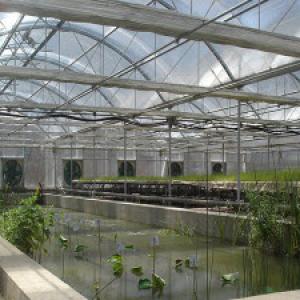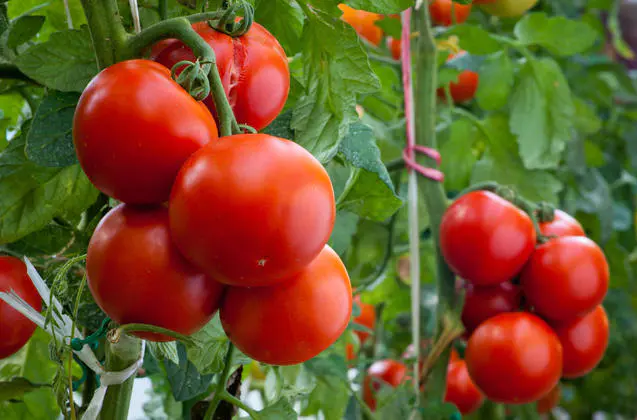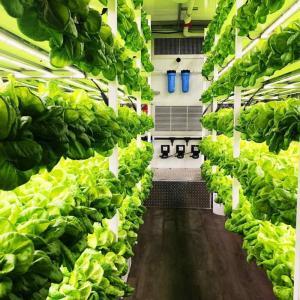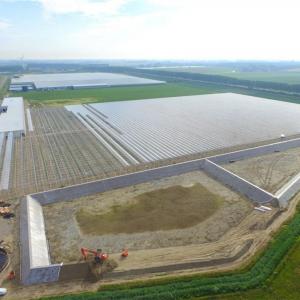Finding the Perfect Greenhouse Cover: Balancing Transparency, Thickness, and Durability
Greenhouses play a crucial role in modern agriculture, providing an optimal environment for plants to thrive throughout the year. One key component of a greenhouse is the cover material, which helps regulate temperature, control humidity, and protect crops from external elements. Among the various options available, plastic film greenhouse covers are widely used due to their versatility and cost-effectiveness.
Importance of Choosing the Right Greenhouse Cover
The greenhouse cover acts as a barrier between the outside environment and the plants inside. It helps create a microclimate that promotes healthy plant growth by trapping heat, maintaining humidity, and shielding plants from harsh weather conditions. The choice of greenhouse cover can significantly impact the overall performance and productivity of the greenhouse.
Importance of Transparency in Greenhouse Covers for Plant Growth and Protection
Transparency is a crucial aspect of greenhouse covers. It affects their function and durability. A greenhouse cover that is transparent lets in the full spectrum of sunlight, which makes it easier for plants to grow. It also prevents excess heat from reaching certain areas and reduces the risk of fungal spores and insects spreading around.
There are many different kinds of greenhouse covers, including polyethene film, which is a common choice. It is lightweight, easy to install, and has a high tensile strength. It can be installed in single or double layers for better insulation and UV protection.
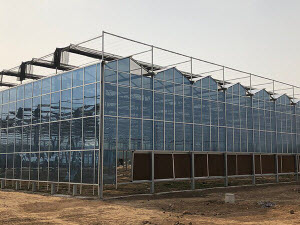
The Significance of Thickness in Choosing the Right Greenhouse Cover
When choosing the right greenhouse cover, thickness is an important consideration. It affects the greenhouse cover’s function and how it will last over time. Ideally, you want a thicker greenhouse cover to keep your plants warm during cold weather and cool during hot days. The thickness of the plastic also affects how much light is able to penetrate your greenhouse.
You should make sure it has anti-drip properties that discourage condensation from dripping onto the plants inside your structure. This reduces the likelihood of fungal growth or insect infestation.
Optimizing Greenhouse Plastic: Balancing UV Protection, Transparency, and Condensation Control
The material also affects how well the greenhouse plastic will withstand UV damage from the sun. Some types of greenhouse covers are made with UV inhibitors to extend their lifespan so they can be used season after season.
This is especially helpful for growers who plan on using their covering year after year. Ultimately, it’s important to find the right balance between thickness and transparency so you can maximize the light that comes through the greenhouse cover.
One way to do this is by choosing a greenhouse plastic that discourages condensation from dripping onto the plants in the greenhouse. This can help reduce the risk of plant disease and burns. Some plastics are equipped with anti-drip properties that flatten water droplets and push them off of the cover’s surface. This helps prevent mold and mildew from forming on the plants in your greenhouse.
Choosing the Ideal Plastic Greenhouse Cover
The plastic greenhouse covers you use can make a big difference in how well your crops grow. Selecting the best cover can help you maximize your yields and prevent a lot of problems during harvest.
The right plastic can also be very helpful for reducing heat and sunlight damage to your crops. Different types of covers are available for a wide range of growing needs and climates, so you should have no problem finding the perfect one for your project.

